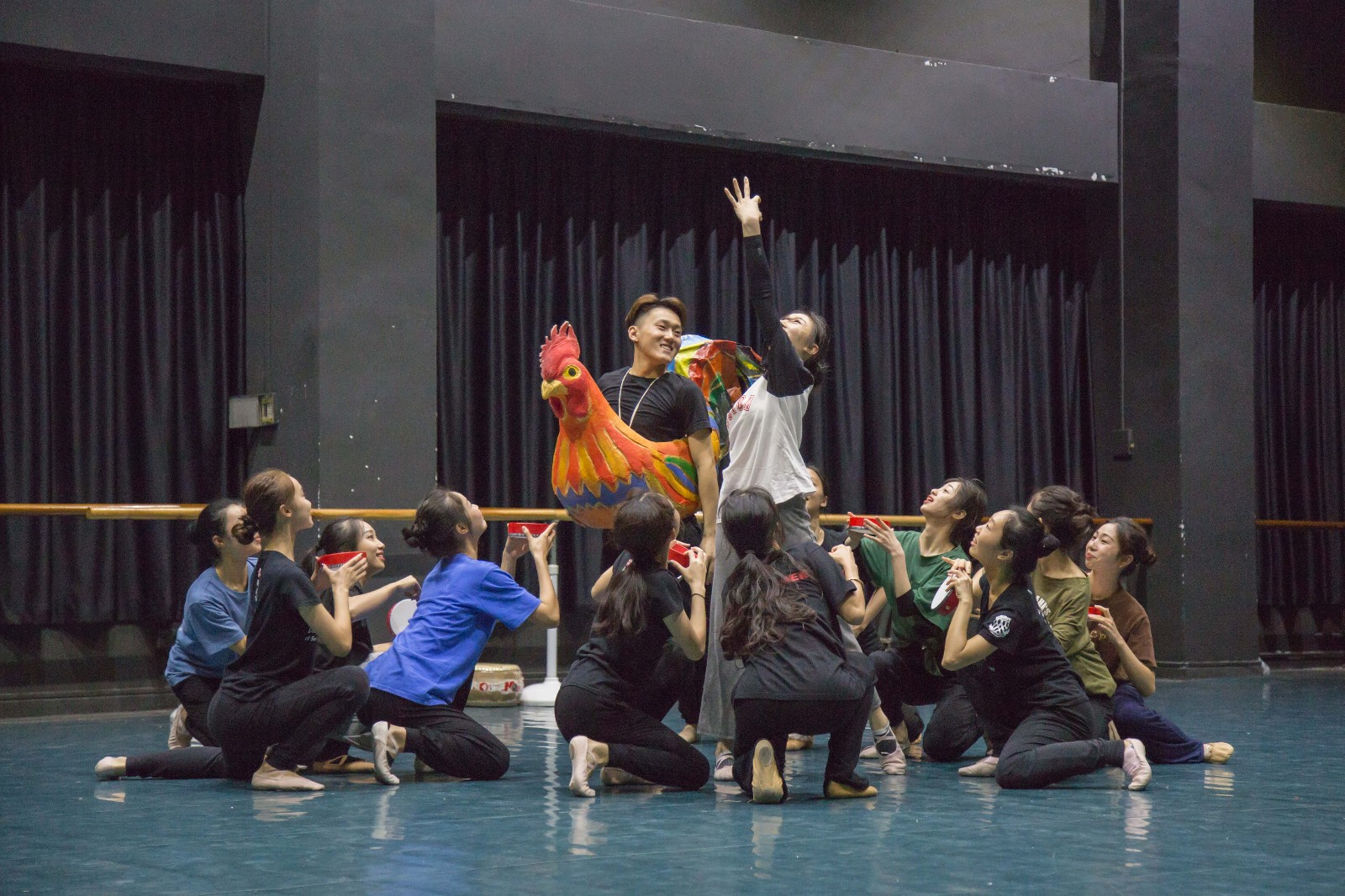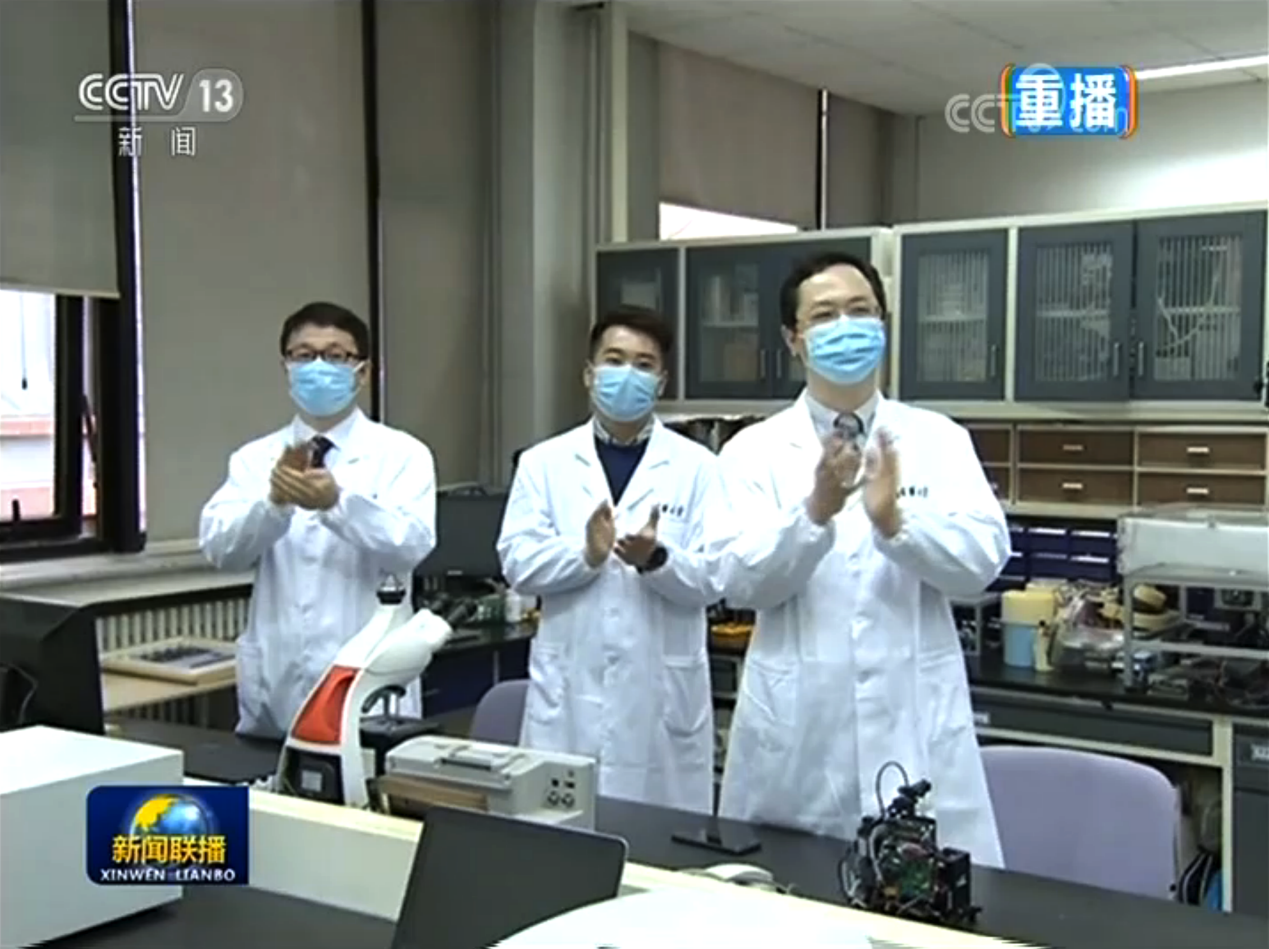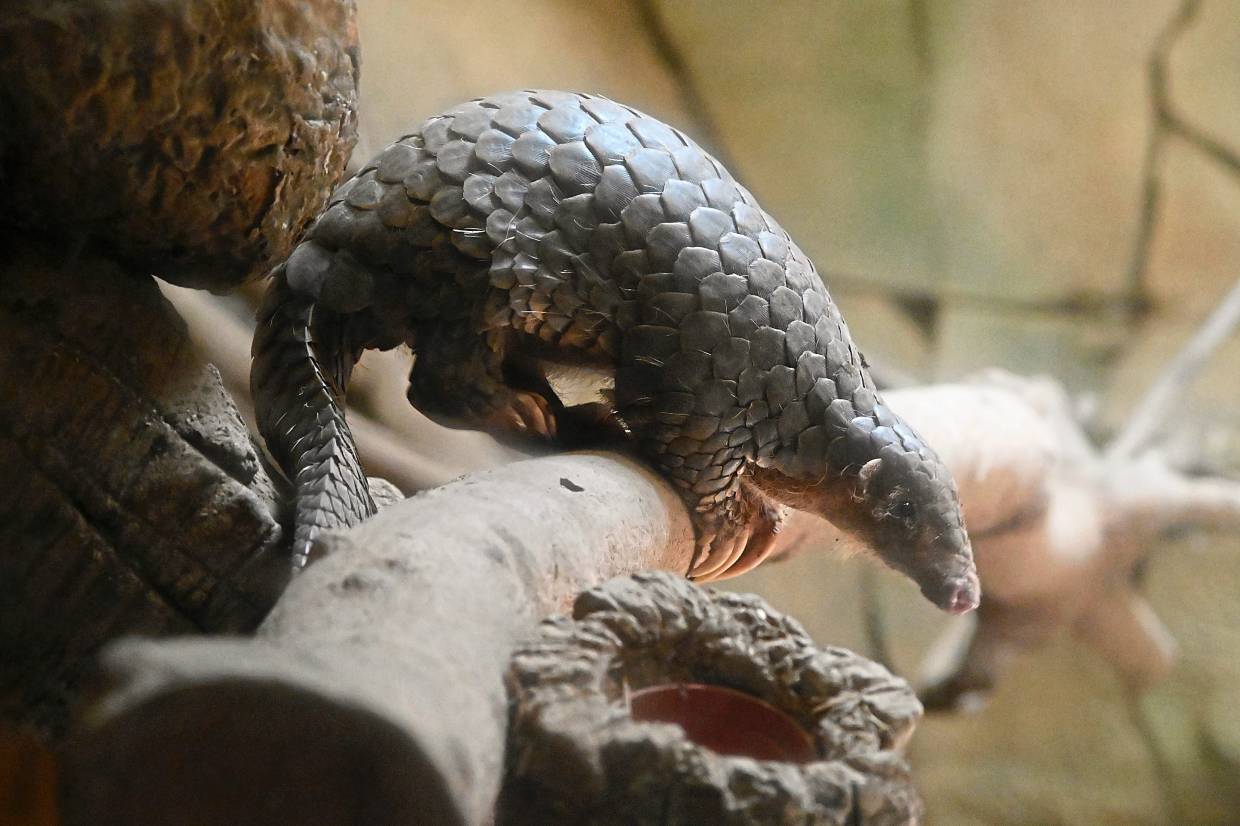
Likes
A small team of brain researchers at South China Normal University, working with a colleague from the University of New South Wales, has found that the visual processing parts of the brain light up in the brains of people with aphantasia, though they remain unable to visualize it in their minds. In their study, published in Current Biology, the group conducted experiments with people undergoing fMRI scans.
The brain disorder known as aphantasia presents as an inability to conjure images in the mind. People without the disorder, for example, can see an apple in their mind when asked to close their eyes and think of one. People with aphantasia see nothing.
Prior research has suggested that the cause of the disorder is likely a deficit in the visual processing part of the brain. In this new effort, the team in China was attempting to learn more about the visual cortex and how it processes images.
The researchers recruited 14 volunteer patients with aphantasia and conducted fMRI scanning while subjects looked at patterns of red horizontal or green vertical lines on a screen. They repeated the scans, this time without showing the lines, but instead asked the volunteers to try to imagine them. The researchers repeated the exercise with 18 people who did not have aphantasia to use for comparison purposes.
The researchers then used a computer algorithm to find differences in the brain scans. They also tried to predict which of the scans showed people trying to imagine the scans.
They found that the algorithm was able to identify which type of lines the volunteers were trying to conjure. They also found that the visual parts of the brain that light up when a person without the disorder conjures an image also light up when a person with aphantasia tries to conjure the same image, suggesting that the disorder is not characterized by a total deficit in that part of the brain.
The researchers also found what they describe as a mismatch in the visual cortex between images taken when those with the disorder were viewing the lines versus when they were only trying to imagine them.
The research team determined that when the aphantasia volunteers were asked to imagine seeing something on one side of the field of vision, there was more activity on that side of the brain. In stark contrast, this activity occurred on the other side of the brain for the control group.
More information: Shuai Chang et al, Imageless imagery in aphantasia revealed by early visual cortex decoding, Current Biology (2025). DOI: 10.1016/j.cub.2024.12.012
What to read next:










